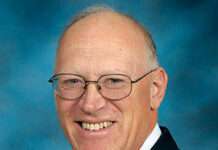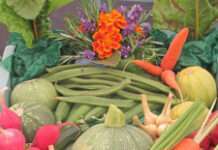As of late October, most of the state has passed the optimum sowing date, with maybe the exception of south-central or southeast Kansas. For portions of the field with no established stand (the entire stand will need to be replanted), producers should plan to increase their seeding rates by 10-15% for every week past the optimum sowing date. In areas where a partial stand was achieved but for a total of about 50% stand, or parts of the field that did not emerge evenly, or that the seedlings have perished after planting, producers should make the decision about replanting immediately to avoid further compromising the yield potential.
In portions of the field where stand is below optimum, producers can cross-drill at the rate of 30-40 pounds per acre in western Kansas and 40-60 pounds per acre in central and eastern Kansas, using a double-disc opener drill, if at all possible, to minimize damage to the existing stand. If the replanting is done in November or later, increase the seeding rates to 60-75 pounds per acre in western Kansas and 75-90 pounds per acre in central Kansas. If stands are less than 30 percent of normal, increase these seeding rates by 20-30 pounds per acre. The higher seeding rates are needed because the cool soil temperatures encountered by late planted wheat will likely slow emergence, favor seedling diseases and reduce the potential for fall tilling. Using a fungicide seed treatment can reduce the potential for seedling disease and help achieve the target populations.




